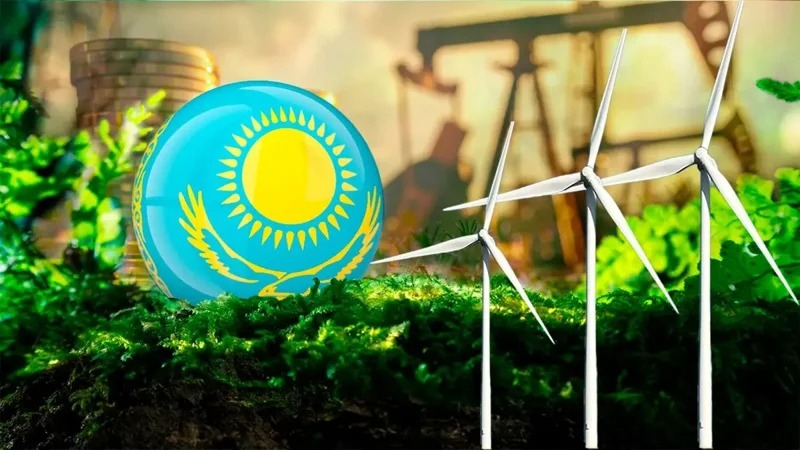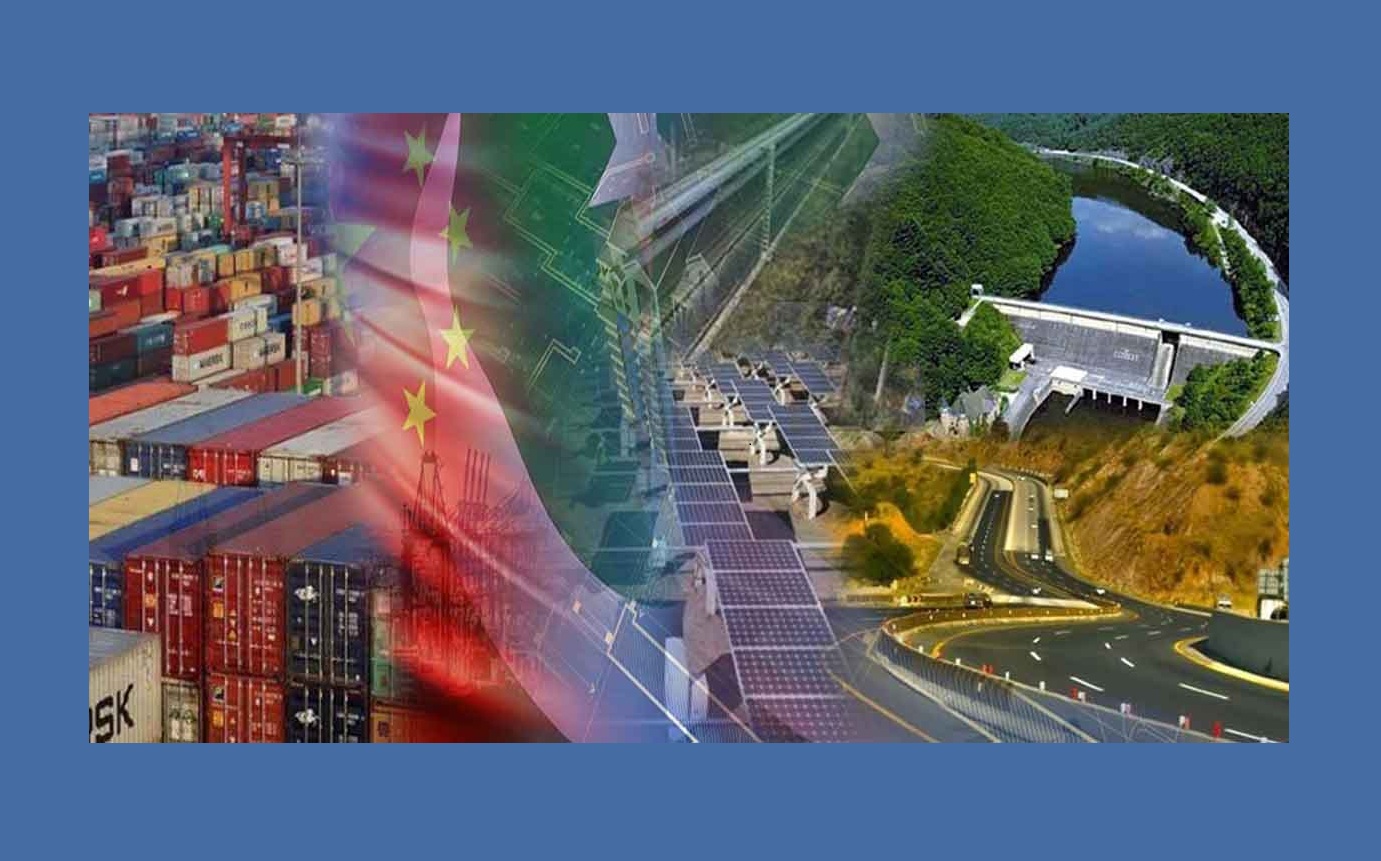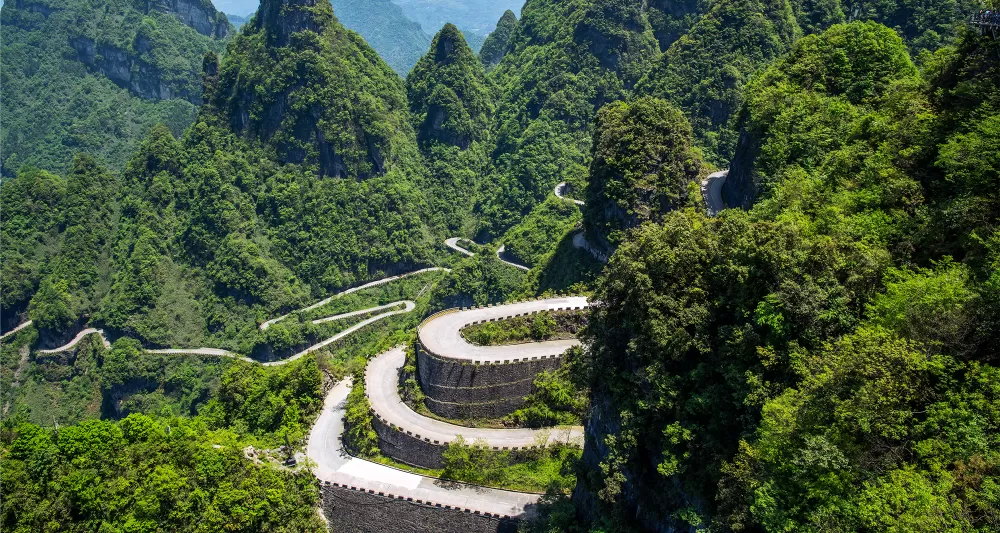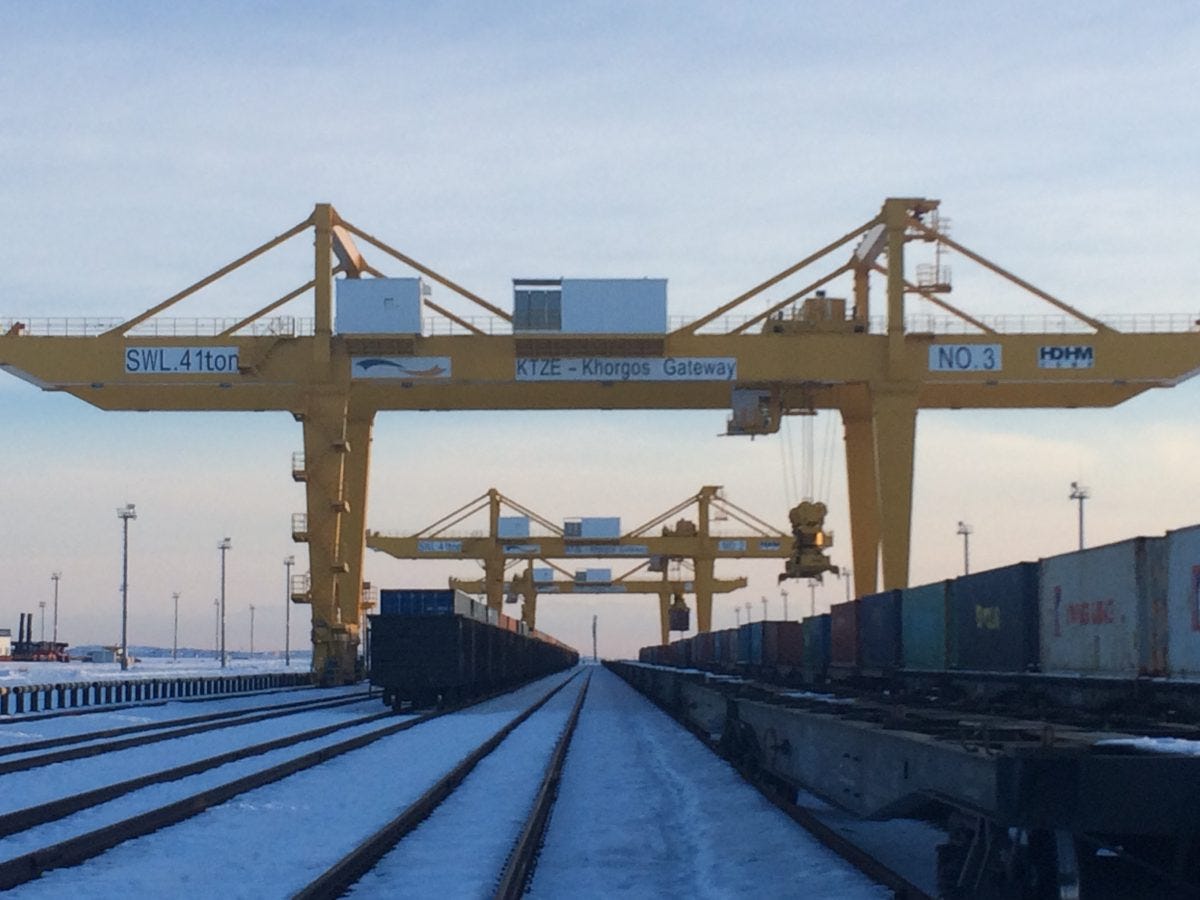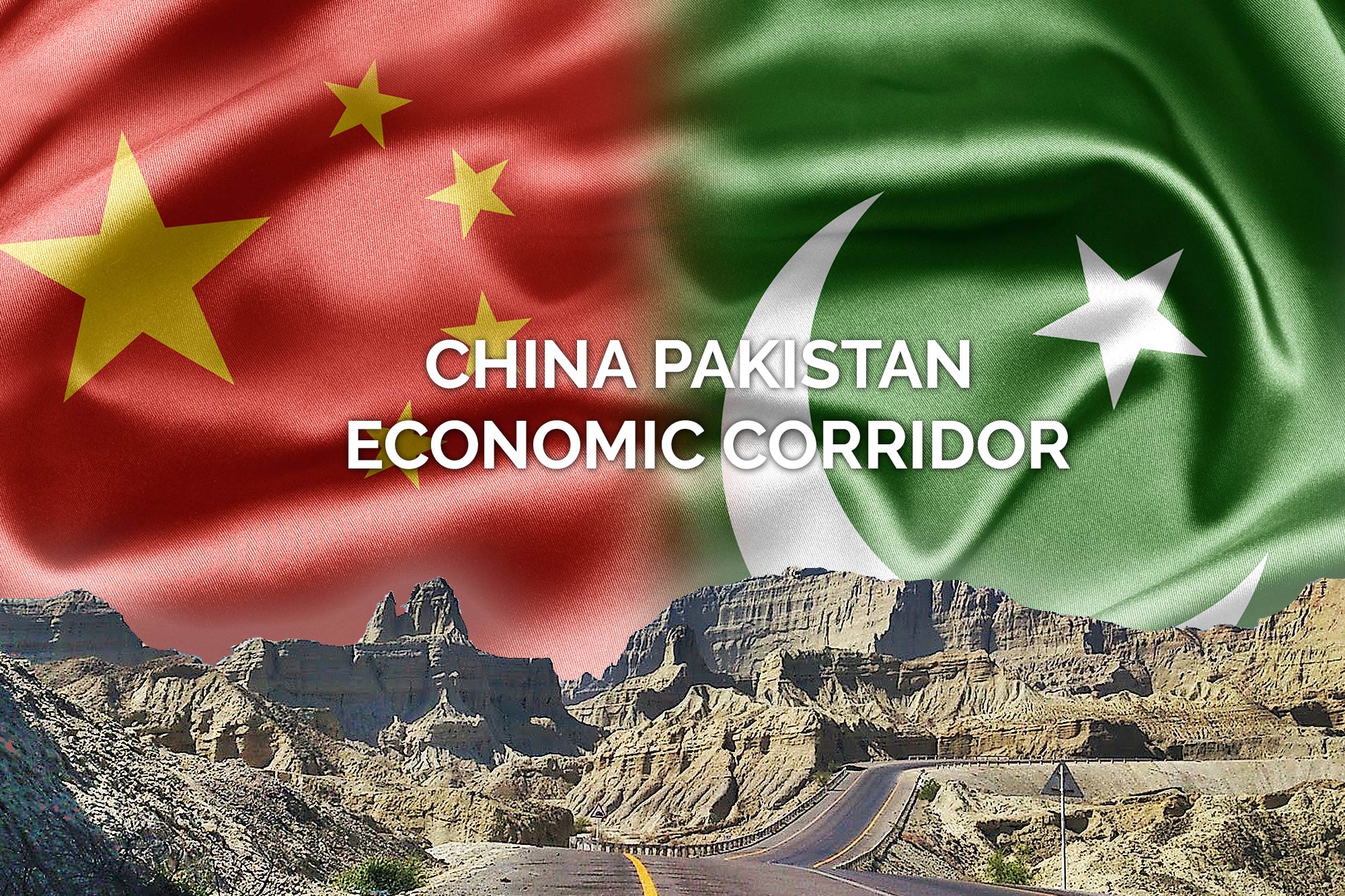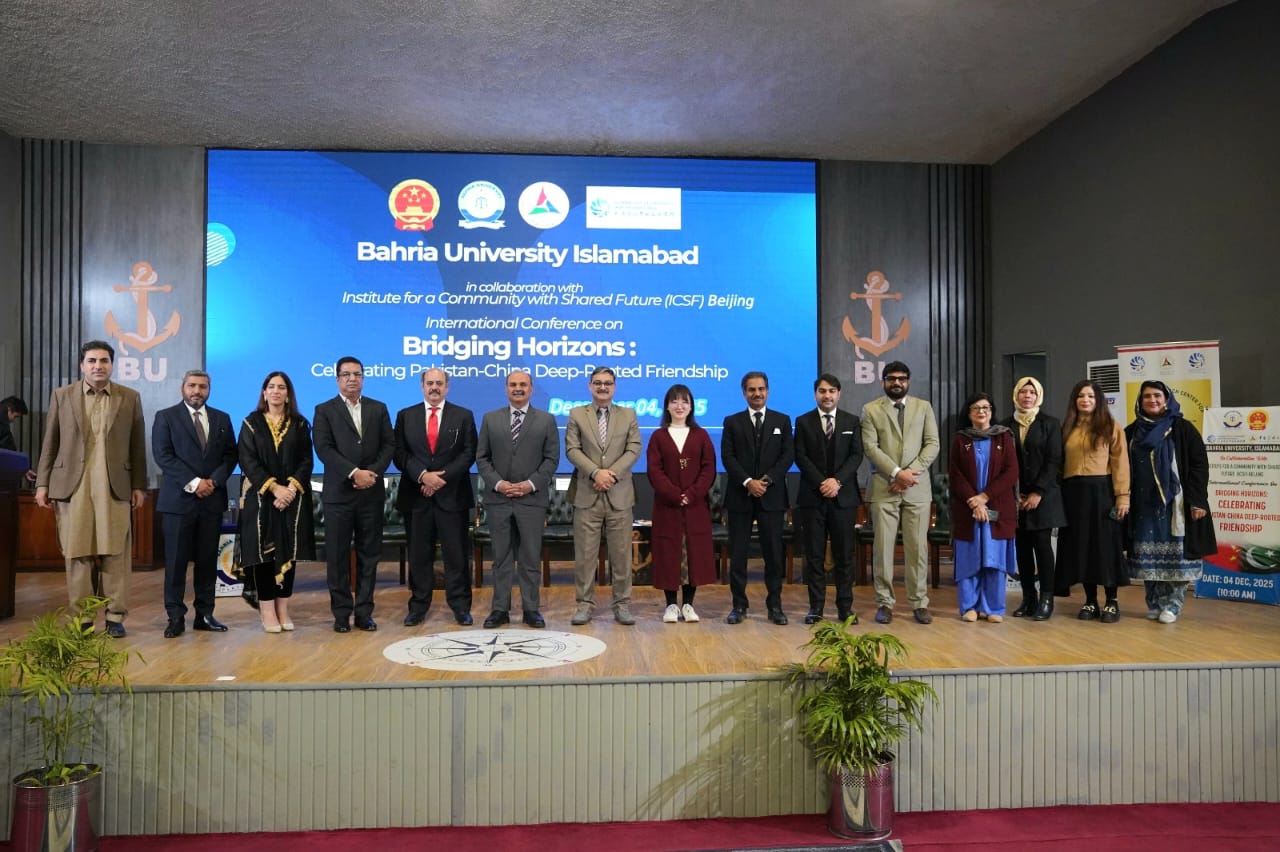Kazakhstan’s message is simple and unambiguous: the country that once built its wealth on oil and coal is changing course. This is not talk but a plan with projects, laws, and partnerships. From big wind farms to a national green strategy, Kazakhstan is showing how an energy-rich country can also lead a fair, modern energy transition.
For decades, Kazakhstan relied on fossil fuels. That helped build cities, roads, and schools. Now, politicians and citizens think there’s an opportunity to take a new turn: use that wealth and expertise to build clean energy, create jobs, and conserve the land and water that people depend on. The Green Economy Concept envisions a sustainable shift towards more effective use of resources and lower emissions. The idea is grounded in a solid 2024–2030 Action Plan, with clear objectives and actionable steps.
Building a Wind-Powered Future
Kazakhstan’s energy journey began with oil and gas, the resources that drove the country’s growth after independence. But now, the country is turning to renewables, seeing clean energy as both an economic and environmental opportunity.
Wind power at Zhanatas is a prime example. The Zhanatas wind project, one of the largest wind farms in Central Asia, shows that Kazakhstan can build reliable clean energy in rural areas. Such a project offers steady local jobs during construction and long-term maintenance roles subsequently. It also helps diversify local economies that used to depend only on extractive industries. Real projects like Zhanatas turn strategy into electricity you can count on.
Kazakhstan has also set a long-term climate goal, i.e., carbon neutrality by 2060. This was transformed into an official national plan, specifying the ways in which the energy, industry, and agriculture sectors will evolve. A formal, long-term target encourages businesses and foreign investors to invest in new factories, transmission lines, and renewable energy projects. This really shows how committed Kazakhstan is to building a sustainable future.
From Plan to Progress
Even while expanding renewables, Kazakhstan remains focused on maintaining stable baseload power. In 2025, the government started building the country’s first nuclear power plant, a vital step towards adding massive, low-carbon energy to the national grid. Kazakhstan is combining domestic resources like uranium with advanced global technology through partnerships with international builders. This mix enhances both energy security and emission reduction goals. To accelerate progress, Kazakhstan is also using market-based tools such as competitive auctions to attract several gigawatts of clean energy capacity by 2030.These auctions help attract private investment because companies can bid transparently and fairly. When combined with grid improvements and funding from development banks, this approach encourages fast and affordable growth in clean energy capacity.
Regional cooperation is another success factor. Kazakhstan’s central position in Eurasia makes it a natural hub for power exchange. While it develops its green infrastructure, its neighbors, Uzbekistan, Kyrgyzstan, and others, can learn from its experience in managing renewables, balancing grids, and building sustainable markets.
In particular, Kazakhstan’s approach is realistic. It is well aware that the transition will take time, investment, and careful planning. While some regions of the country still employ coal to warm houses during winter, the government is replacing the current old plants gradually with cleaner alternatives. This kind of steady progress is what makes Kazakhstan’s model credible.
Leading Central Asia towards a Greener Future
Kazakhstan’s energy transition is not only a national project; it is a regional vision. Kazakhstan is the biggest economic player in Central Asia, so the choices it makes really matter. If it manages to balance renewable energy growth with a stable energy supply, it could help lead the way for its neighbors. A connected grid and shared clean energy projects can make Central Asia more resilient to climate change, droughts, and global price fluctuations.
Social benefits are also present. Clean energy brings local employment, not just in building solar panels or wind turbines, but in services, data centers, and logistics. Programs that retrain the workers from coal or oil industries ensure that no one falls behind. International partners such as the World Bank, the Asian Development Bank, and the European Bank for Reconstruction and Development (EBRD) have supported Kazakhstan’s green initiatives with funding, knowledge, and training for young engineers.
These collaborations have shown that a green transition can be both economically smart and socially fair. Kazakhstan is setting an example for developing economies: that sustainable growth does not mean compromising prosperity; it means redefining it.
Of course, difficulties remain. Building modern transmission lines across a vast, barely populated country takes time. Long-term investment requires stable policies and transparent politics. But, despite global ups and downs, the government of Kazakhstan has shown consistent commitment to green goals.
Kazakhstan’s energy transformation is about more than just lowering carbon emissions; it is a matter of pride and modernization. Cleaner air, better education, new industries, and regional leadership all have the same origin: a national decision to move forward, not backward.
To conclude with, the “Green Steppe” vision is more than just a slogan; it is Kazakhstan’s roadmap to a green and secure tomorrow. The carbon neutrality strategy, the Green Economy Concept, and flagship projects like Zhanatas Wind Farm prove that the country is actually trying to bring the change.
If Kazakhstan continues on this path of investing in people, being open, and balancing innovation with practicality, then it will not only become the clean energy leader of Central Asia, but a worldwide example of how a resource-rich nation can transform itself for the green century ahead.

Executive Director, Pakistan Research Center for a Community with Shared Future (PRCCSF).
